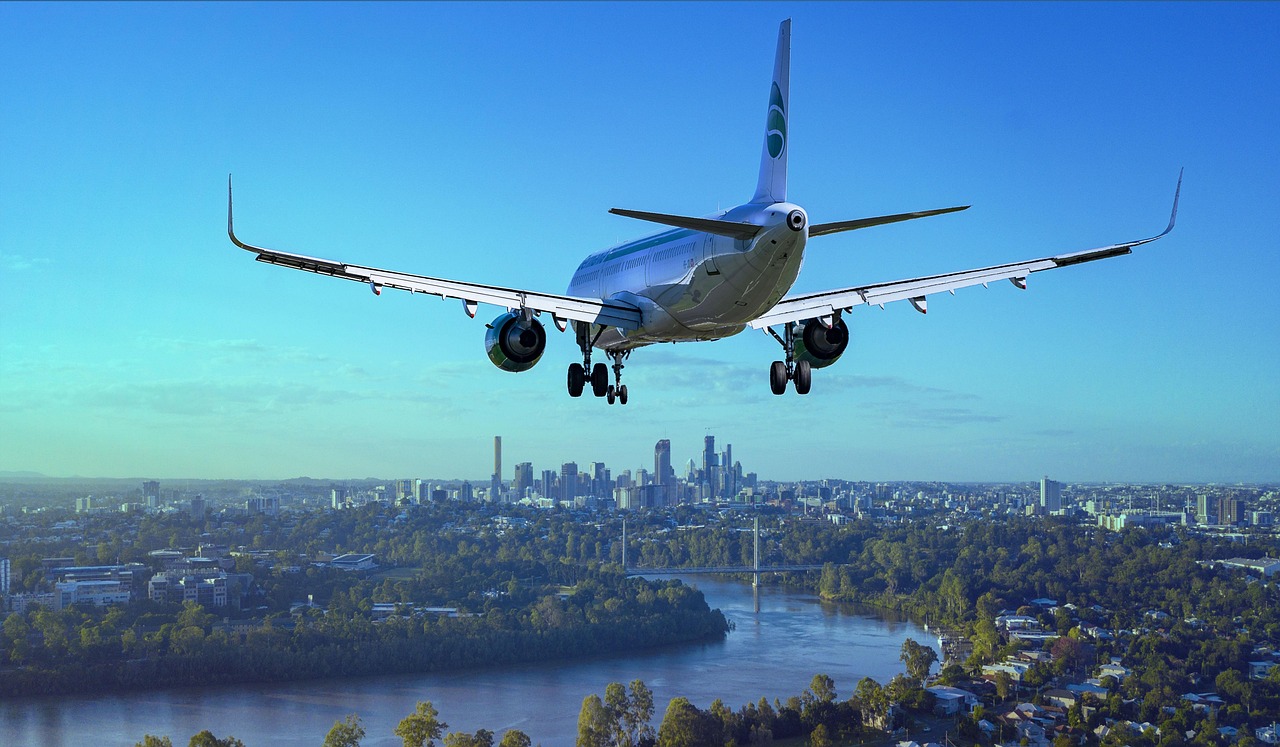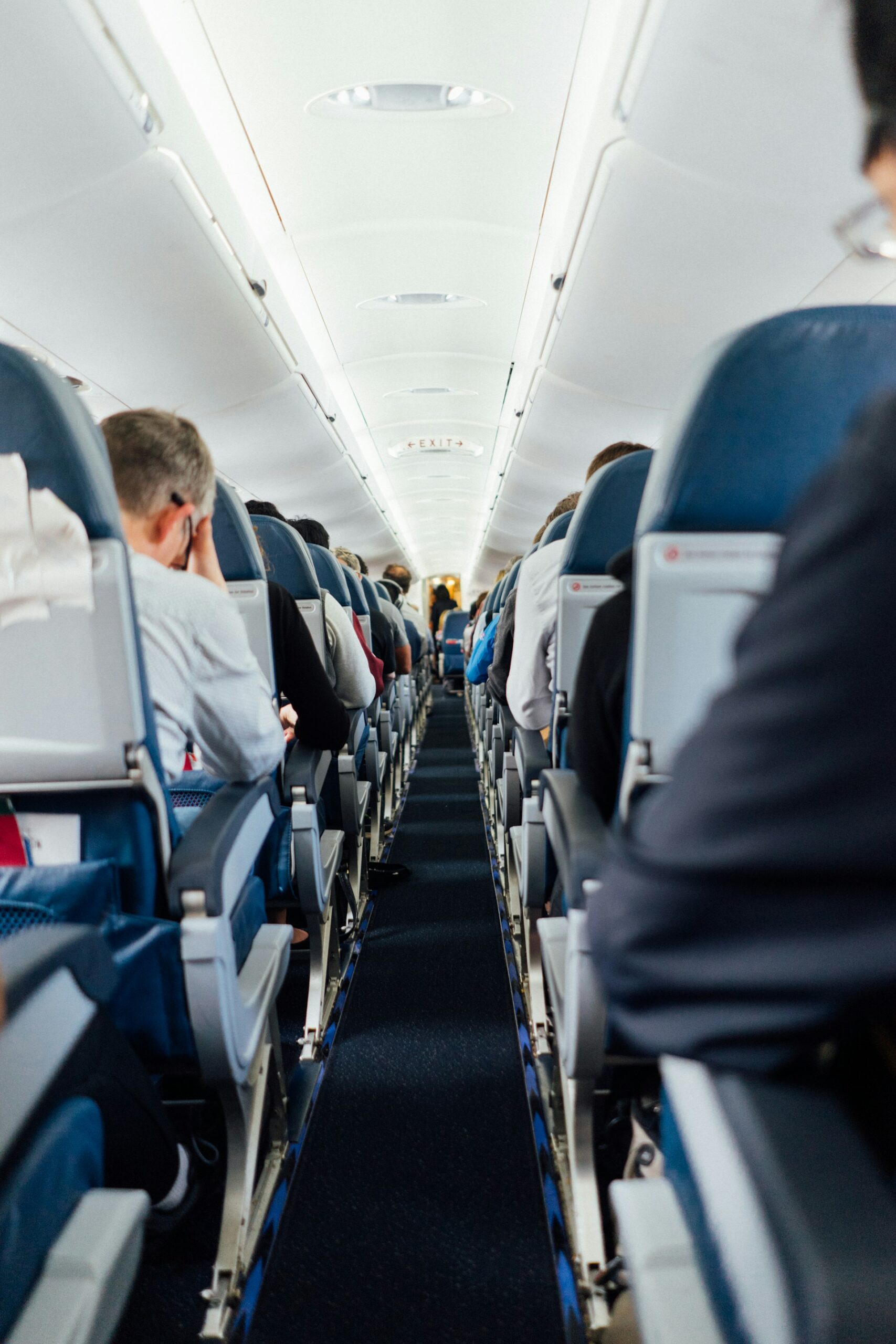Hours spent confined in an airplane seat can cause discomfort, fatigue, and even anxiety. With a few simple adjustments, travelers can increase their comfort during these lengthy journeys. The key lies in preparing physically and mentally before, during, and after the flight. Through smart packing, clothing choices, and in-flight habits, a more enjoyable experience is well within reach. Here are several effective strategies that can improve comfort on long flights.

Select the Right Seat
The seat you choose on a flight can have a surprisingly large impact on how comfortable you feel during the journey. Travelers who want to know how to get comfortable on long flights may want to book their seat in advance. They can invest in extra legroom, exit rows, or bulkhead seats, which can provide more space to stretch and make a long flight less physically demanding. If motion sensitivity is a concern, sitting near the wings reduces the sensation of turbulence and can provide a steadier experience.
Passengers who want easier access to the restroom or like the freedom to move around without disturbing others can go for aisle seats. Window seats offer better views and an undisturbed sleeping position. Checking in as early as possible increases the chances of securing your preferred choice before popular spots fill up. With some planning, your seat selection can transform a long-haul journey from cramped and restless to calm, spacious, and far more enjoyable.
Choose Comfortable Clothing
Since airplanes fluctuate between being overly warm and quite chilly, wearing breathable layers can help you stay adaptable throughout the trip. Fabrics like cotton, bamboo, or moisture-wicking blends regulate body temperature and allow for greater comfort when sitting for hours. Loose-fitting clothes keep you from feeling restricted, whereas a hoodie, cardigan, or light jacket can be easily removed or added.
Don’t forget about footwear. Comfortable shoes that slip on and off easily allow for movement through security and flexibility once seated. Some travelers bring soft socks or slippers for extra coziness in flight. Choosing the right outfit guarantees that physical discomfort doesn’t become a distraction. Small choices can make the hours in the air pass much more smoothly.
Stay Hydrated
One of the most common but underestimated challenges of flying is dehydration, caused by the dry, recirculated air inside the cabin. Humidity levels are lower than in desert environments, leaving your body more vulnerable to fatigue, headaches, and dry skin. To counter this, drink water consistently throughout the flight rather than waiting until you feel thirsty.
Bringing a reusable water bottle that you can refill at airport stations secures steady hydration, and flight attendants are happy to top it up as needed. Limit alcohol and caffeinated drinks, as they act as diuretics and can worsen dehydration. Some travelers supplement water with hydrating snacks such as fruit or electrolyte tablets for added support. Staying properly hydrated keeps you more comfortable and helps with energy levels, circulation, and even jet lag recovery once you arrive at your destination.
In-flight Entertainment Options
Passing time on a long-haul flight is easier when you have engaging activities lined up. Most airlines now provide built-in entertainment systems with access to movies, TV shows, music, and sometimes even games. They can be enjoyable, and prepare your own personal entertainment options so that you won’t run out of things you actually like.
Before departure, consider downloading e-books, podcasts, audiobooks, or favorite shows onto your phone or tablet. A portable charger or power bank can be a lifesaver on flights without seat outlets. Noise-canceling headphones are another excellent investment, reducing background noise and improving your audio experience. Pack a puzzle book, travel journal, or even a sketchpad for offline enjoyment. Keeping yourself mentally stimulated makes the journey feel shorter and can shift your focus away from minor discomforts. Plan ahead, and your in-flight hours can become productive, entertaining, and even relaxing.
Physical Activity During the Flight
Movement during a long flight will maintain comfort and support circulation. Remaining seated for many hours at a time can lead to stiffness, sore muscles, or even increase the risk of deep vein thrombosis. Take short walks down the aisle every couple of hours to encourage blood flow. Even when seated, you can practice ankle rolls, calf raises, or gentle shoulder stretches to keep your body loose.
Some airlines provide illustrated guides to in-seat stretches in their magazines, which can be helpful to follow along with. Standing and stretching during bathroom breaks is another easy way to refresh your body. These small bursts of activity reduce discomfort and keep energy levels more stable throughout the journey.
Mindfulness and Relaxation Techniques
Flying can sometimes trigger stress, restlessness, or anxiety on long journeys in tight spaces. Practicing mindfulness and relaxation can make the experience far more manageable. Simple deep breathing exercises help calm the nervous system and promote relaxation. Meditation apps or guided sessions provide structured ways to unwind. Visualization techniques can shift focus away from the noise of the cabin.
Listening to soothing music, white noise, or even nature sounds creates a sense of peace and reduces overstimulation. Reading light material, journaling, or engaging in quiet reflection can pass the time meaningfully. The key is to anchor your attention in the present moment instead of dwelling on discomfort or anticipation. With practice, mindfulness eases the flight itself and leaves you arriving at your destination with a clearer, more centered mindset.
Coping with Jet Lag
Jet lag is the biggest challenge travelers face when crossing multiple time zones, but preparing in advance can ease the transition. A few days before departure, try adjusting your sleep schedule gradually to align more closely with your destination. During the flight, stay hydrated, move around, and avoid overindulging in alcohol or caffeine, which can disrupt sleep cycles.
Expose yourself to natural light to help reset your internal body clock more quickly. Going for a short walk outdoors or engaging in light activity can encourage wakefulness and improve adjustment. If possible, resist the temptation to nap immediately after arrival, as this prolongs jet lag symptoms. Aim to sleep according to local time, even if you feel drowsy. By managing your routine intentionally, you can adapt faster, reduce fatigue, and enjoy your trip with more energy and focus.

Long flights don’t have to be uncomfortable. With proper planning, you can create an enjoyable and more pleasant travel experience. From selecting seats wisely to staying hydrated, small adjustments can result in substantial results. Your next long journey is less about discomfort and more about the excitement of travel.
Related Articles:
– The Future of Luxury Travel: A Glimpse of What’s To Come
– Should I Book an Airport Taxi in Advance?
– Everything You Need to Know About Travelling
– Paris Travel Guide – Best Things To Do in Paris

